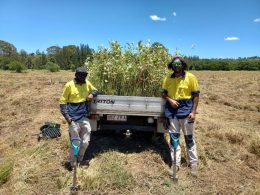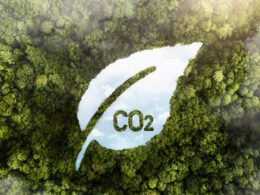The ‘Don’t Subsidise Pollution’ campaign has presented a 6,000-signature petition to the New Zealand Parliament, urging the government to stop providing free carbon credits to major polluters. Under New Zealand’s Emissions Trading Scheme, most carbon dioxide emitters, including petrol and coal-burning electricity companies, pay about $50 per tonne of emissions. However, companies like Rio Tinto, Methanex, and Bluescope receive most of their emissions allowances for free to prevent them from relocating their plants and emissions overseas.
Campaign leader Alex Johnston highlighted that the top five recipients of free carbon credits produce emissions equivalent to those of over 2 million petrol cars. The campaign advocates for ending free credits and assisting companies in reducing their emissions.
Johnston pointed out the unfairness of households bearing carbon costs while large multinational companies, many of which are foreign-owned, do not. He suggested that supporting companies to decarbonise would be more cost-effective than maintaining the current policy.
Green Party co-leader Chlöe Swarbrick criticised the scheme as “corporate welfare.” Labour climate spokesperson Megan Woods proposed that it would be cheaper and more beneficial to help these companies cut emissions rather than continue the so-called industrial allocation. She noted that nearly half of the industrial allocation is granted to aluminium, iron, and steel industries, which can be abated.
ACT’s Simon Court defended the scheme, arguing that phasing it out could disadvantage New Zealand companies against international competitors who might not face emission costs. The subsidies are being phased out gradually at a rate of 1% per year, meaning companies would still receive a third of their emissions for free by 2050, when the country aims to be carbon neutral.
Megan Woods told the Environment Committee she supported this gradual phase-out. However, if the free allocations continue, they will increasingly consume the total emissions New Zealand can produce each year. With binding caps on greenhouse gas emissions falling faster than the phase-out rate, the government could soon be giving out more free credits than it is allowed to auction. By 2030, it is estimated that the government will give away twice as many emission tonnes as it can auction, leaving just 2 million tonnes for other emitters—one-seventh of what is available this year.





















